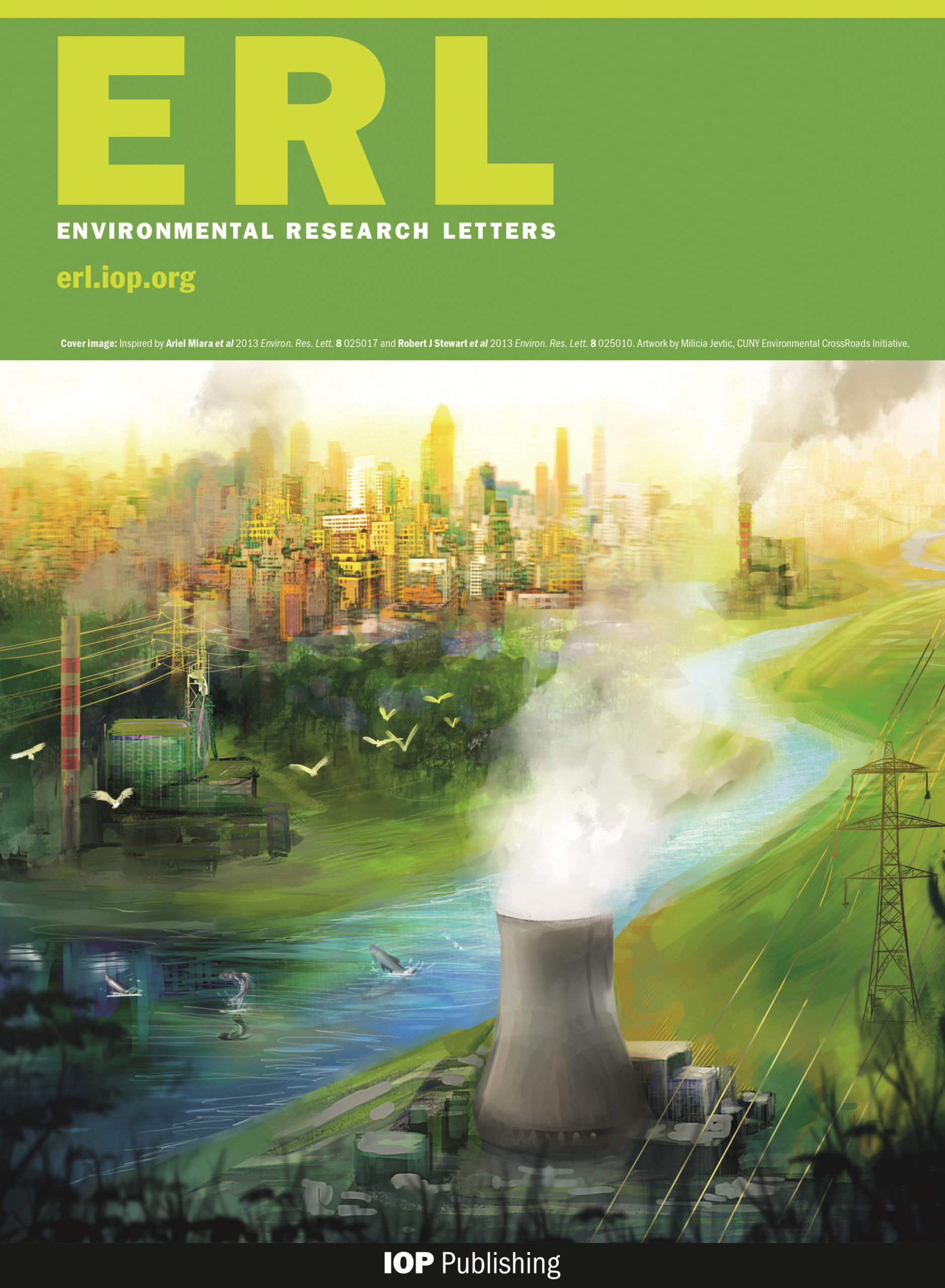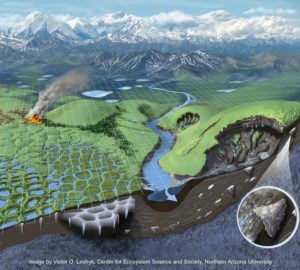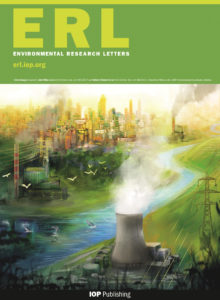ERL特刊征稿|Focus on Permafrost Vulnerability to Climate Change

特刊详情
客座编辑
- Jing Tao,美国劳伦斯伯克利国家实验室
- Anna Liljedahl,美国伍德威尔气候研究中心
- Christopher Burn,加拿大卡尔顿大学
- Guido Grosse, 德国阿尔弗雷德·韦格纳研究所亥姆霍兹极地和海洋研究中心
- Jeannette Noetzli, 瑞士WSL雪崩研究所
- Scott Goetz,美国北亚利桑那大学
- Thomas Douglas, 美国陆军寒冷地区研究和工程实验室
- 杨元合,中国科学院植物研究所
主题范围

Credit: Victor O. Leshyk, Center for Ecosystem Science and Society, Northern Arizona University. [Image published in Schuur et al 2022. Annual Reviews of Environment and Resources]
Due to recent climate warming, permafrost regions at high latitude and high altitude have experienced dramatic changes. It is urgent to integrate efforts among interdisciplinary research communities in field science, remote sensing, and earth system modeling together to understand permafrost vulnerability under the current climate and to enhance the predictability of permafrost dynamics under future climate.This focus collection aims to document and synthesize frontier research on permafrost vulnerability and hydro-biogeochemistry and ecosystem response to climate change over permafrost regions today and in the future. Potential contributions include (but are not limited to) monitoring and modelling permafrost warming and associated geomorphology, hydrology, biogeochemistry, environmental and ecosystem changes at a variety of scales, bridging gaps from the landscape to global scales, improving model predictability of permafrost thaw and carbon cycle response to future climate, and any other contributions related to permafrost vulnerability.
Suggested, but not exhaustive, topics of interest for this collection include:
- Observation synthesis from long-term permafrost monitoring networks.
- Geophysical and remote sensing investigations of changing permafrost landscapes.
- Response of permafrost rivers, deltas, and coastlines to climate warming.
- The role of ground ice and water in permafrost carbon dynamics.
- Snow, vegetation, and permafrost interactions.
- Microorganisms and their processes in permafrost.
- Changing biogeochemistry of permafrost regions.
- Permafrost environmental contamination under climate warming.
- Mountain permafrost in a warming world.
- Data-model fusion advancements in monitoring and predicting permafrost vulnerability.
- Infrastructure and transportation engineering on permafrost.
This focus collection has been organised in partnership with the 2021 Regional Conference on Permafrost (RCOP) and 19th International Conference on Cold Regions Engineering (ICCRE). Authors presenting their research at the conference may be directly invited to submit to this focus issue. However, the Guest Editors welcome proposals for manuscript topics and submissions from the community. If you believe you have a suitable research letter-style article in preparation please send your pre-submission query either to the journal publishing team or via the Guest Editors listed above.
投稿流程
特刊文章与ERL期刊常规文章遵循相同的审稿流程和内容标准,并采用同样的投稿模式。有关准备文章及投稿的详细信息,可以参阅IOPscience页面的作者指南。作者可登入期刊主页进行在线投稿,在“文章类型”中选择“特刊文章”,并在“选择特刊”的下拉框中选择“Focus on Permafrost Vulnerability to Climate Change”。
投稿截止日期:2023年1月31日。
期刊介绍

Environmental Research Letters
- 2021年影响因子:6.947 Citescore: 9.4
- Environmental Research Letters(ERL)以金色开放获取模式出版,作者可选择将原始数据作为补充资料与文章一起发表。所有研究人员可以免费获取这些研究成果。ERL汇聚了关注环境变化及其应对的研究团体和政策制定团体的意见,涵盖了环境科学的所有方面,出版研究快报、综述文章、观点和社论。ERL顺应了环境科学的跨学科发表的趋势,反映了该领域相关的方法、工具和评估战略,得到了来自不同领域的广泛贡献。
